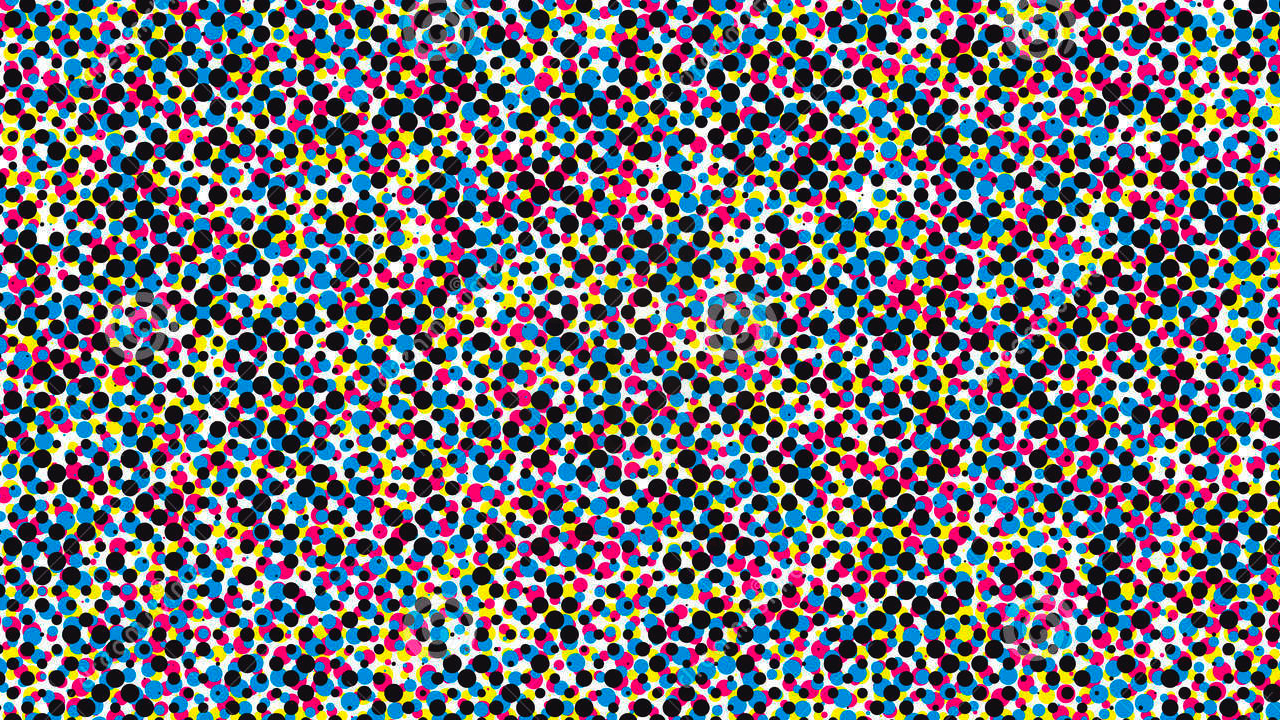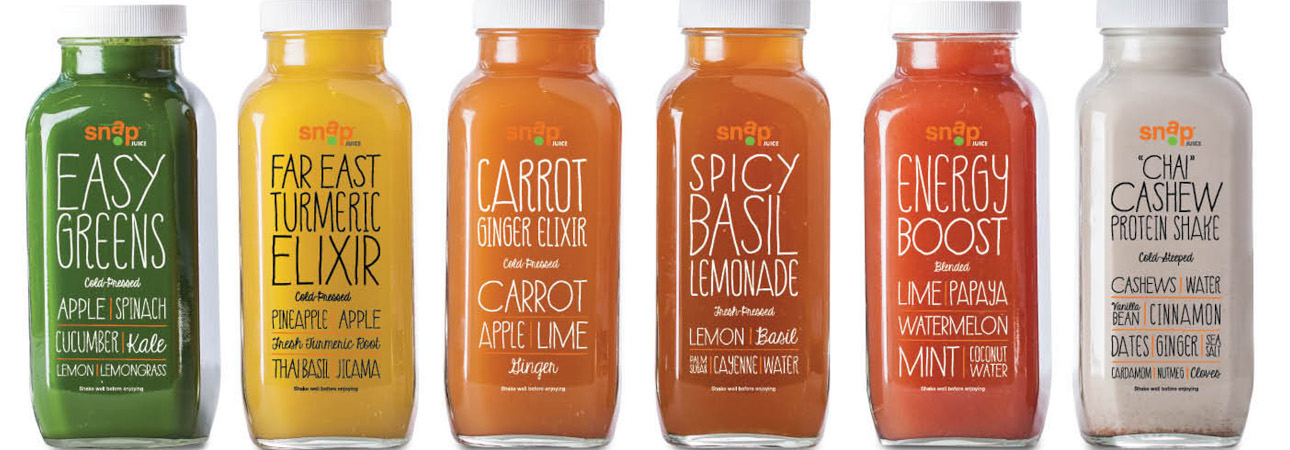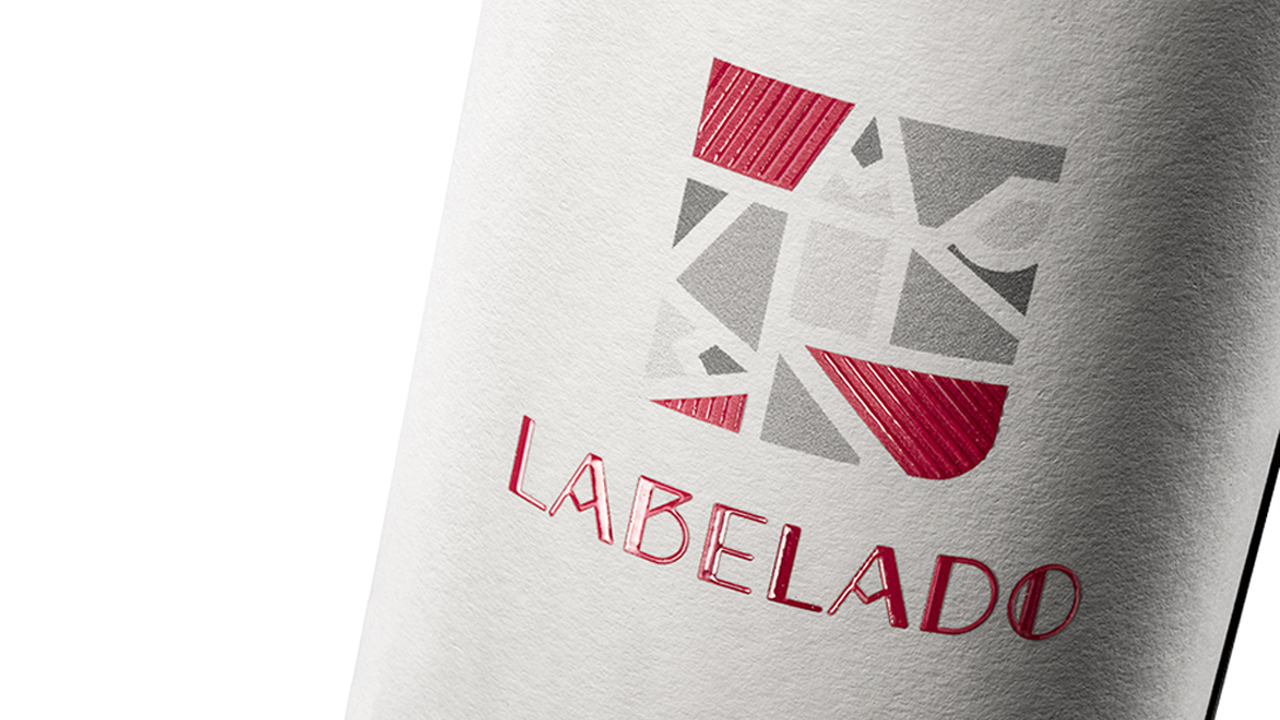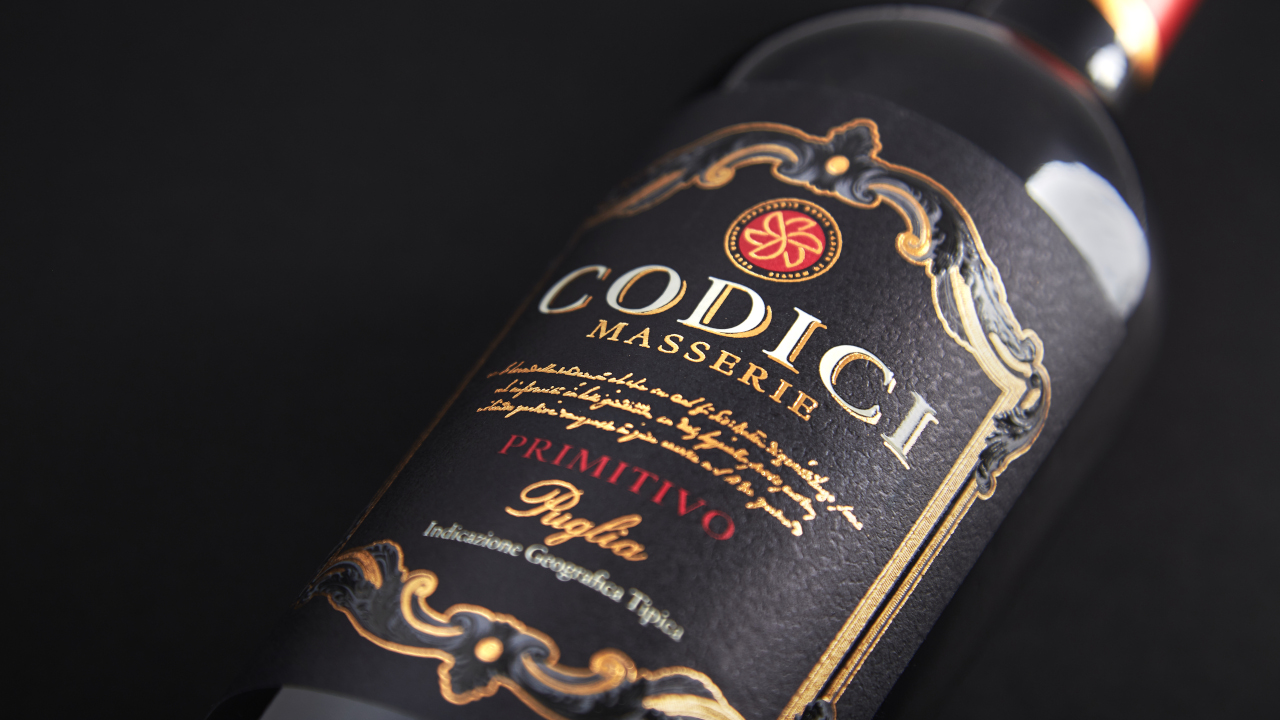Did you like the article? Share it!
What is a PDF? And what it is used for?
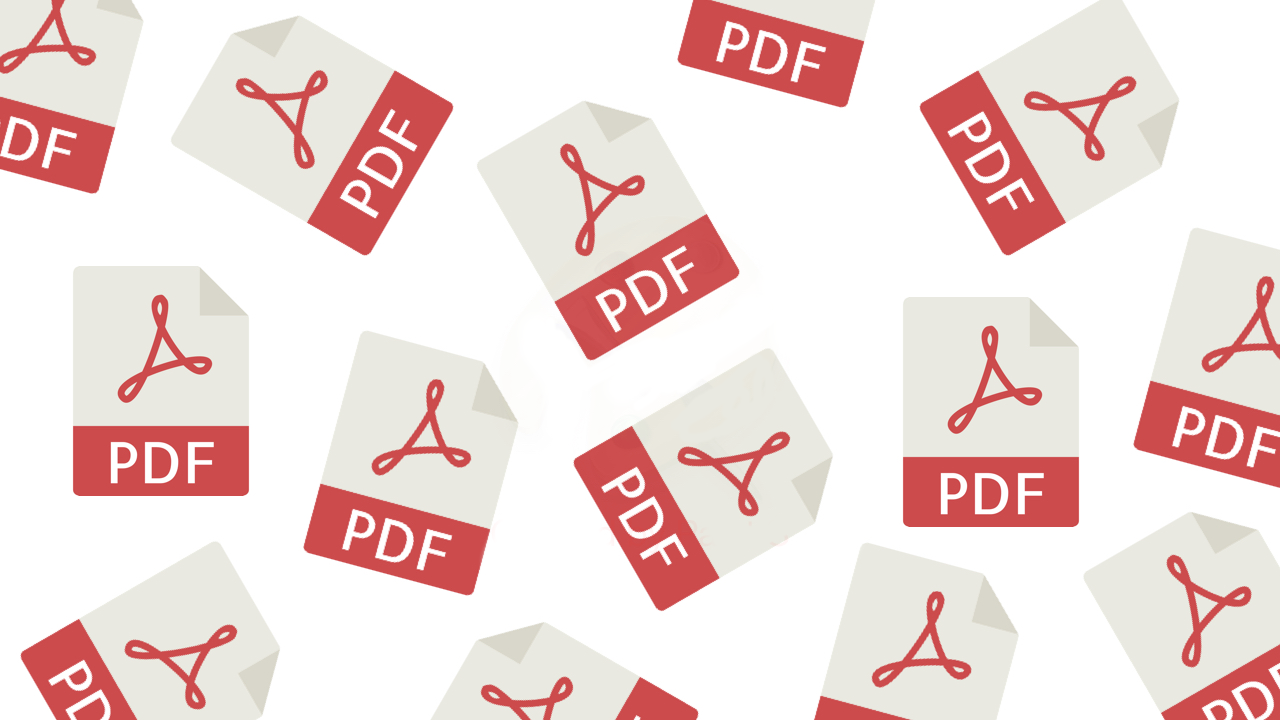
A PDF file is the most common type of file used in the printing industry. But why we strongly encourage you to design your artwork in PDF format? There are several reasons. Let’s go through this.
PDF stands for "portable document format". It was developed by Adobe in the 1990’s to ease the sharing of documents between computers and across operating system platforms.
For this reason a PDF file is the perfect one to choose when you need to save files that cannot be modified but still need to be easily shared and printed.
Based on the PostScript language, each PDF file contains a complete description of a fixed-layout flat document, including the text, fonts, vector graphics, raster images and other information needed to display it.
Today, PDF files may contain also a variety of content such as interactive elements like annotations and form-fields, layers, rich media (including video content) and three dimensional objects.
But why is it the most used file in the printing industry? Let’s discover it.
Why is the PDF the most used file in the printing industry?
There are many reasons to use Adobe PDF in a print workflow. Let’s see some of them.
First of all, PDF is a widespread and universal cross-platform file format which means that you can save your file PDF from preatty much any platform or software (Adobe Illustrator, Adobe Indesign, Adobe Photoshop or any software which is capable of printing a file) making it very accessible for anyone using a computer.
It doesn’t matter if you love Mac or Windows, you can open a PDF everywhere you want even with a browser on a mobile phone.
Moreover a PDF file, as mentioned before, can contain all the components needed for a print job such as all the fonts and color space informations, captured in a single file.
It’s really important for our business to keep the customer’s file as it is. We don’t want to loose any information or make any design alteration during the file transfer process between two file formats.
For this reason the PDF file suits our needs, and those of every printer.
Anyone anywhere can open a PDF file and it will always be exactly the same, provided that images are embedded and fonts outlined.
PDFs are usually quite small in size compared to some other file formats. They are compressed high-quality files. This make it easier to transfer, send and even upload your artwork.
What do I need to think about when designing my PDF file?
We always keep an eye on your file, just to make it perfect before printing. Of course if you want to help us by creating an already perfect file we really appreciate it.
Your help will give us the chance to focus on some details of you artwork in order to deliver you the perfect label.
First of all you need to create a Bleed. But what is a bleed? A bleed is the printed images beyond the trim edge of the page created to ensure it extends to the edge of the page after trimming. As there is a degree of movement when printing on any press, you should always create at least 2mm bleed on all edges where bleed is needed. Supplying your job without bleed may result in white lines when we trim it.
Secondly you need to convert RGB images in CMYK.
In order to understand the reason why please check our latest article
“What is CMYK? What is it used for (in the printing industry)?”
Last but not least, put the right format size on you artwork in order to create the perfect shape for your label during the diecutting phase. If you want to know more about it please check our article "The ultimate guide to diecutting (in the printing industry)” on our blog.
Now that you understand some of the benefits associated with using PDF file format, you’re almost ready to print! If you need more answers about PDF file and how to create it or you want just to learn more about a particular topic, write us with this form, and a member of our staff will respond as soon as possible.
Next

